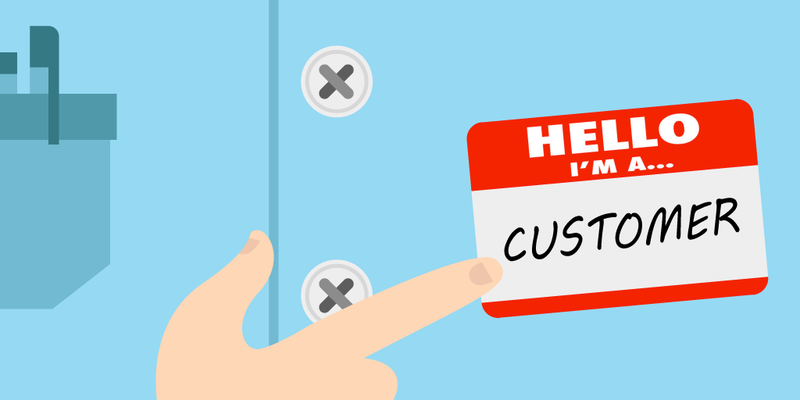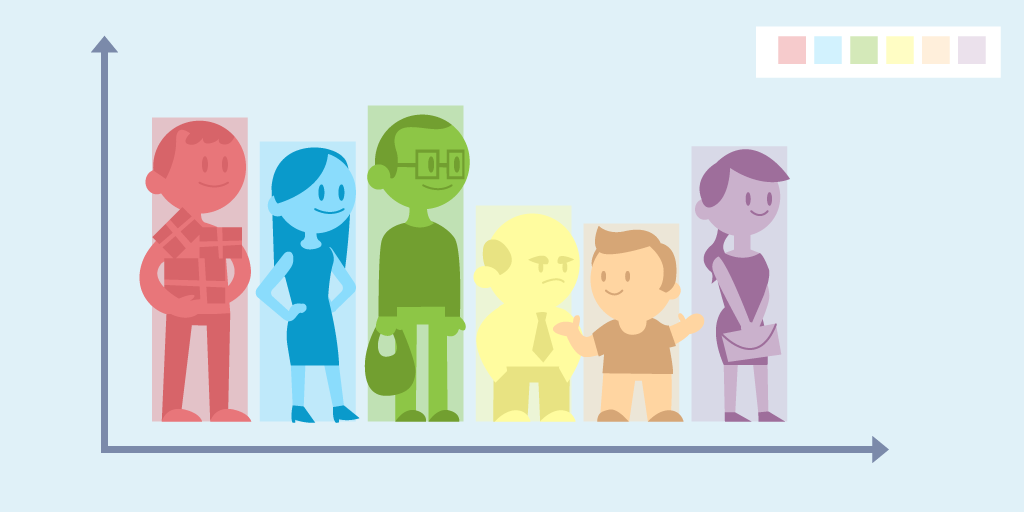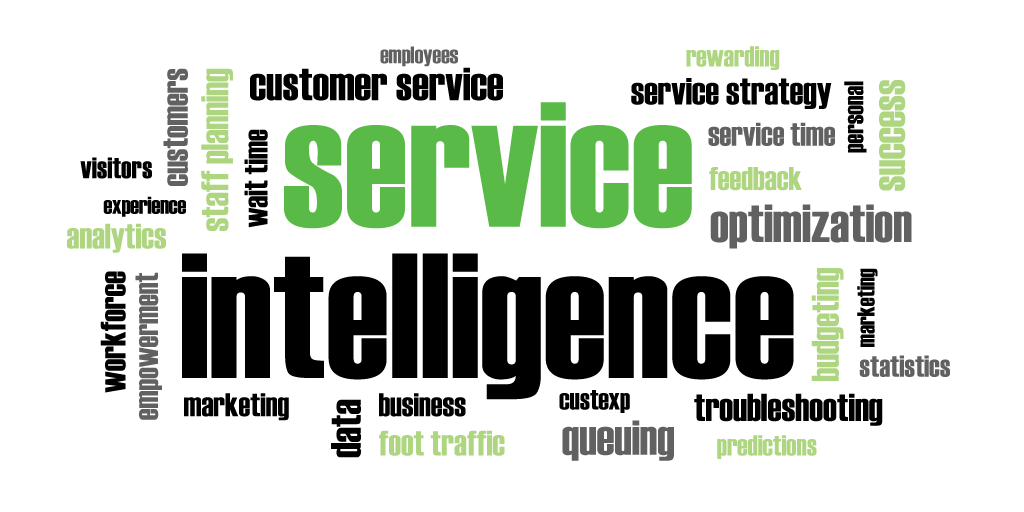Today’s businesses know that to succeed in the marketplace they need to have that customer service personal touch. While that sounds great in the abstract, it’s not so obvious how to get there. After all, strategies happen one step at a time.
We can at least help clear the path for the first step. That being the importance of using the customer’s name.
Addressing customers by name is at the heart of any strategy that values customer experience — especially in the modern world.
The value of personalization

Personalization matters. You don’t need to buy into the buzzword articles to believe it. The statistics about personalization speak loud enough on their own.
Over 70% of customers expect a personalized experience when they walk in the door. Newer generations, such as millennials, take a personalized experience for granted — one reason why adopting a queueing strategy for these customers is so important.
Meanwhile, research firm Genesys found that businesses in the United States lose around $83 billion a year as a result of poor customer service. And what happens when customers receive poor customer service? They take their business elsewhere.
Thanks to the digitization of nearly everything, it’s easy for customers to find a competitor and shop with them — if that competitor meets their needs. Which is something businesses must pay attention to.
After all, it’s more expensive to acquire new customers than it is to retain existing customers.
What’s the solution?
Better customer experience through personal service
The solution is simple: create a company culture emphasizing the customer service personal touch. “Sure, that’s easy to say. But how exactly do I do it?”
Let’s start with the basics. Businesses have to stop thinking of themselves as a business. That words itself has a kind of cold indifference attached to it. But it doesn’t have to. Because businesses are made up of people.
And what personalization boils down is fostering a person-to-person relationship with customers. That means treating customers not as “customers,” but as people with wants, needs, hopes, and desires.
Think about anytime you’ve spent on a call with a company. You listen to pre-recorded prompts waiting to speak with a person. Because it’s a living breathing person who is going to help you.
So what’s the first step in a strategy that prioritizes giving customers the best experience possible? Easy: Use customer’s names.
What’s in a (customer’s) name

“Names are the sweetest and most important sound in any language,” is one of the most widely quoted maxims from Dale Carnegie’s How to Win Friends and Influence People. And for a good reason, too: It’s absolutely true.
Research regarding the psychology of using someone’s name has even confirmed Carnegie’s advice. Our brains become ecstatic when we hear our name called, drawing our attention immediately to the sound.
Why do businesses need to care?
Because names humanize the interaction between a business and their clients. A transaction becomes an exchange between two people, fostering an individuated experience.
What I mean is, when businesses say a person’s name they acknowledge their customer’s humanity. The benefit of using customer’s name is creating a personal experience environment.
Yes, it’s small but tiny details add up.
How to learn a customer's name
Now, we've come to this important question: How does a business go about learning their customer’s names?
It’s a bit impudent (and inefficient, not to mention ridiculous) to station an employee at a front entrance with a clipboard to jot down customer’s names.
Of course, that never happens. What we do see is cafes writing their customer’s names on cups, and doctor’s offices that station sign-in sheets to gather who’s waiting.
That’s fine. It works for the hustle-and-bustle service industry. But it’s a bit of a cumbersome means. Is there no better way to go about addressing customers by name?
There is.
Better customer name recognition thanks to technology

A queue management system (QMS) makes addressing customers by name a cinch.
Remember, at the heart of any queue management system, like Qminder, is the means to enhance the customer’s experience. Because queuing theory and customer service go hand-in-hand.
And part of queueing theory incorporates the importance of addressing the customer by name.
How does it work?
From concept to practice
Let’s take ourselves to a specialty business. It can be anything your heart desires, so long as it’s a shop where customers interact with an employee. Maybe it’s an archery story, or a healthcare facility, or something similar.
What we care about is how the customer relates their name to the business.
Our imaginary business uses a queue management system. That means they have a digital kiosk located near the front entrance of their store: a terminal with an iPad or similar device where customer’s sign-in.
Customers walk up to the kiosk and tap the screen. From there, they’re prompted to enter their name and any additional information, e.g. the purpose of their visit that day. Once they’re finished, the information is sent off to the frontend employees who have added our imaginary customer to the queue.
When it’s the customer’s turn, an employee calls the customer by name and directs them to an employee who can best help them that day.
Simple and convenient. The easiest means to add a customer service personal touch.
No mistakes when calling out customer names

The best part about QMS is that there’s no chance that employees will mistake the customer’s name. Something that’s easy to do with names that can be spelled in multiple ways, or have close pronunciations, e.g. Sean/Shaun and John/Jon.
Researcher Tracy Rank-Christman conducted an experiment and found that correctly using someone’s name fosters a positive relationship.
In one experiment, we found that the underlying mechanism had to do with feelings of respect. Misidentified consumers felt less respected, whereas those who were identified correctly felt more respected.
When our names are not only called, but called properly, we feel a sense of intimacy and understanding — especially when it’s a name that often misheard or misspoken.
Using customer’s names is part of a larger strategy that successful businesses know to adopt: prioritizing customer experience. It creates a personal human relationship that will continue into the future.






